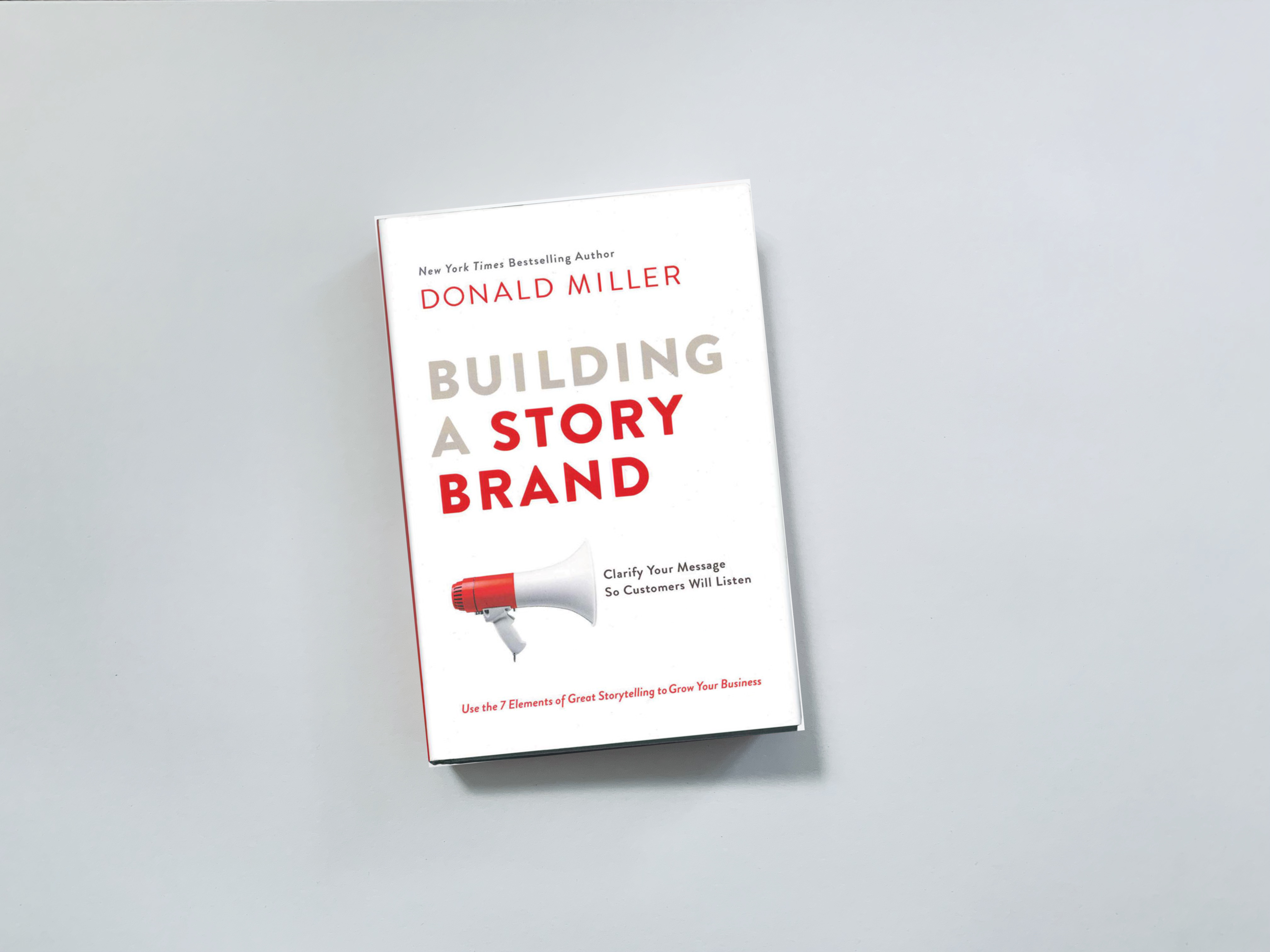Essential marketing books summed up in 404 words, or less.
In this post, we welcome Liam Quinn, who is the Head of Marketing at Reach Interactive. Liam has been ‘in’ digital marketing for under two years, however, he has fully immersed himself in learning, and more importantly: doing.
Here Liam tells us about where his marketing journey began and one of the books that helped him to understand how to communicate a clear message.
'After landing my first marketing role at Reach, I was eager to learn as much as possible. I’d look for inspiration wherever I could find it. I was regularly checking out LinkedIn, Udemy, podcasts, email newsletters and anything that could expand my knowledge.'
'As my network grew larger, one book that always cropped up was Building A Story Brand. In fact, it would appear in just about every request for new marketing material that I saw on LinkedIn. So much so, that I almost felt like a fraud for not reading it. Everyone else seemed to have, so I assumed it was worth the investment.'
'I recently took the leap and read the book. It was certainly worth the commitment. In short, the book focuses on a seven-step framework (SB7 Framework). Miller compares Hollywood movie scripts with the purchasing journey of your customer. And, it works. The framework emphasises the importance of making your customer the hero by focusing on simplicity and communicating your message effectively.'
Summary
Customers don’t care about your story; they care about their own.
Your customers should be the hero of your story, not your brand.
Pretty websites don’t sell things. Words sell things.
Even if we have the best product in the marketplace, we’ll lose to an inferior product if our competitor’s offer is communicated more clearly.
People don’t buy the best products; they buy the products that they can understand the fastest.
We must show people the cost of not doing business with us.
Imagine your customer is a hitchhiker. You pull over to give him a ride, and the one burning question on his mind is simply Where are you going? But as he approaches, you roll down the window and start talking about your mission statement. All he wants to do is get to San Francisco.
The more we talk about the problems that our customers experience, the more interest they will have in our brand.
Tidal existed to help the artists win the day, not customers. And so it failed.
Leaders who think the story of life is all about them may achieve temporary success but are usually remembered in history’s narrative as a villain.
There are four easy ways to add just the right amount of authority to our marketing; testimonials, statistics, awards and logos.
Not having a plan is a guaranteed way to confuse your customers.
If doing business with you requires more than six steps, break down those steps into phases and describe the phases.
Unless we are bold in our call to actions, we will be ignored.
There should be a “Buy Now” button in the top right corner of your website, and it shouldn’t be cluttered with a bunch of other buttons. The same call to action should be repeated above the fold and in the center of your website, and again and again as people scroll down the page.
When we try to sell passively, we communicate a lack of belief in our product.
People are two to three times more motivated to make a change to avoid a loss than they are to achieve a gain.
Once we know who our customers want to be, we will have language to use in emails, blog posts, and all manner of marketing material.
A great digital presence starts with a clear and effective website.
If you are interested in reading Building A Story Brand in full, then you can grab a copy here.


No comments.